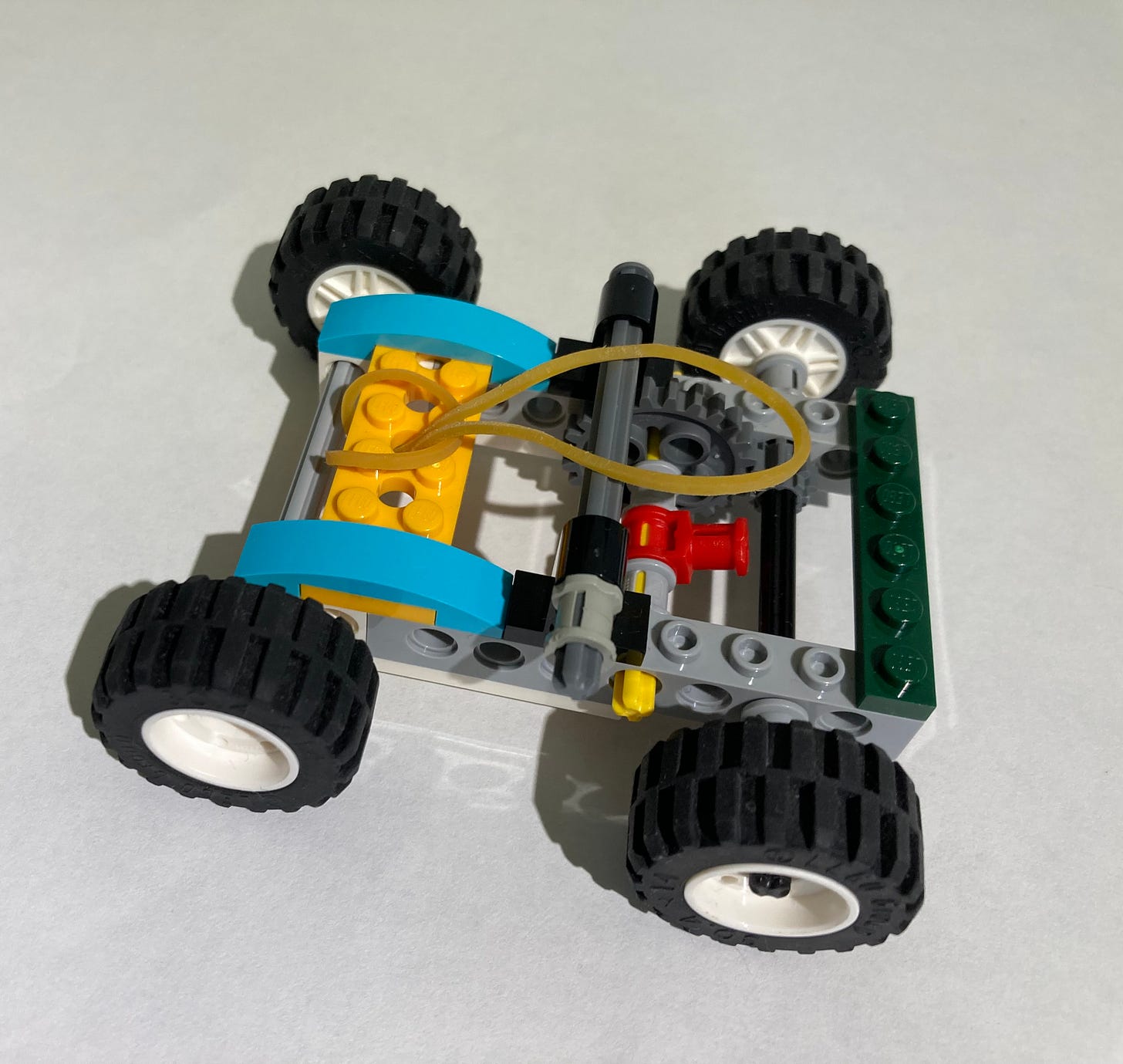Team Update
The team had their first full meeting after the summer break last Saturday. We spent some time getting to know this year’s challenge missions, and started strategizing how to solve them. The regional FLL competition will be in November, so we need to move quickly, building up routes, getting faster, and scoring more points. I’m also assigning one student per week to take more photos and records of what we’re working on, so that we have references for later in the season.
Note that the kids all have some homework this week. Each of the kids was given a worksheet, on which they should fill out the “Why” column, [that is, why the specified mission theme is important enough to include in the competition]” and the row with the child’s name on it. Our local marine biology expert will be talking to the kids this coming Saturday about how some of the missions are related to bigger issues, and we want the kids to share some ideas about what’s going on for the talk. For instance, a couple of the missions are related to growing coral, and one of the kids needs to do some very light research on the subject. The kids will also give very brief presentations about what they found out. These exercises will help the kids refine their innovation project.
* * *
Reflections
During my first year coaching the team, I organized each of the weekly meetings around a basic mechanical principle, like stability or friction. The kids experimented with making their own structures and had contests to see which building techniques worked better. The idea was that the kids would get a practical sense of the principle and be able to apply that sense when they made things thereafter. These building exercises evolved from similar ones I had done with my daughter before setting up our FLL team. While I mentioned that my daughter had enjoyed putting together some of the official models that came with the Boost set, like the cat robot or the playable guitar, a lot of the things we made were adapted from the model plans of creators not formally affiliated with the LEGO Group.
One of the best aspects of playing with LEGOs is being able to experiment and freely create things beyond the official set models. As one can imagine, all kinds of people create and post photos of their personal creations online—as well as in books and tv shows. There is a well-established and continuously expanding international community of builders sharing their personal builds, what many refer to as “MOC” (“My Own Creation”). Some of the outstanding MOCs and MOC builders even receive official sponsorship and recognition by the LEGO Group.
There is a lot of awesome stuff that gets created and shared outside the official models released by the company.
Still Life by Birgitte Jonsgard (https://www.flickr.com/photos/birgburg/14558793055/)
However, the overwhelming majority of LEGO MOCs focus on modeling things that look nice, rather than things that function mechanically. As our focus has been learning about STEM, I located a number of LEGO models and resources that focus on mechanics and that could be adapted into useful exercises with my daughter.
One of the most useful of these resources has been the work of Yoshihito ISOGAWA, who has a string of publications and multiple online channels to showcase both functional mechanical models as well as simple experiments, all made with LEGO pieces. But ISOGAWA’s work is remarkable not simply because the models are useful pedagogical tools, but also because his creativity has been both consistent and long-term. Not only has he been publishing books introducing his models for several years now, he regularly releases online videos of his experiments at a rate of one or two models per week. This is especially impressive since each of these models exhibits an innovative configuration of LEGO pieces that incorporate principles from classical mechanics and physics.
My daughter and I got a lot of model concepts from his books, which showcase a range of different mechanical principles, all with relatively simple LEGO bricks. The content of his publications is largely wordless, as models are extensively diagrammed and photographed to reveal their working parts. The models collected in the books are categorized in terms of their functions, rather than in terms of their pedagogical use, so I went over the books and a range of other materials to select and adapt projects my daughter and I could work on.
For instance, one of the works we adapted was a pull-back car driven with a rubber band, from ISOGAWA’s LEGO Technic Non-Electric Models: Simple Machines.
We tried making a whole string of iterations to adapt the overall design, and there were several lessons to take away from the experience, like learning how to conduct experiments, figuring gear ratios, transferring power effectively, and balancing weight for stability. Here’s what we ended up with:
The rubber band releases, and the car can move a farther distance.
My daughter and I made a range of mechanical projects using ISOGAWA’s models, other people’s MOCs, and some official LEGO educational materials. LEGO itself is very conscious of interest in pedagogical resources for kids (and adults, actually), and has published various learning materials to supplement their sets. I’ll talk about these later.
Eventually, I reorganized and revised some of the more useful projects so that I could incorporate them into lessons for the LEGO team.






